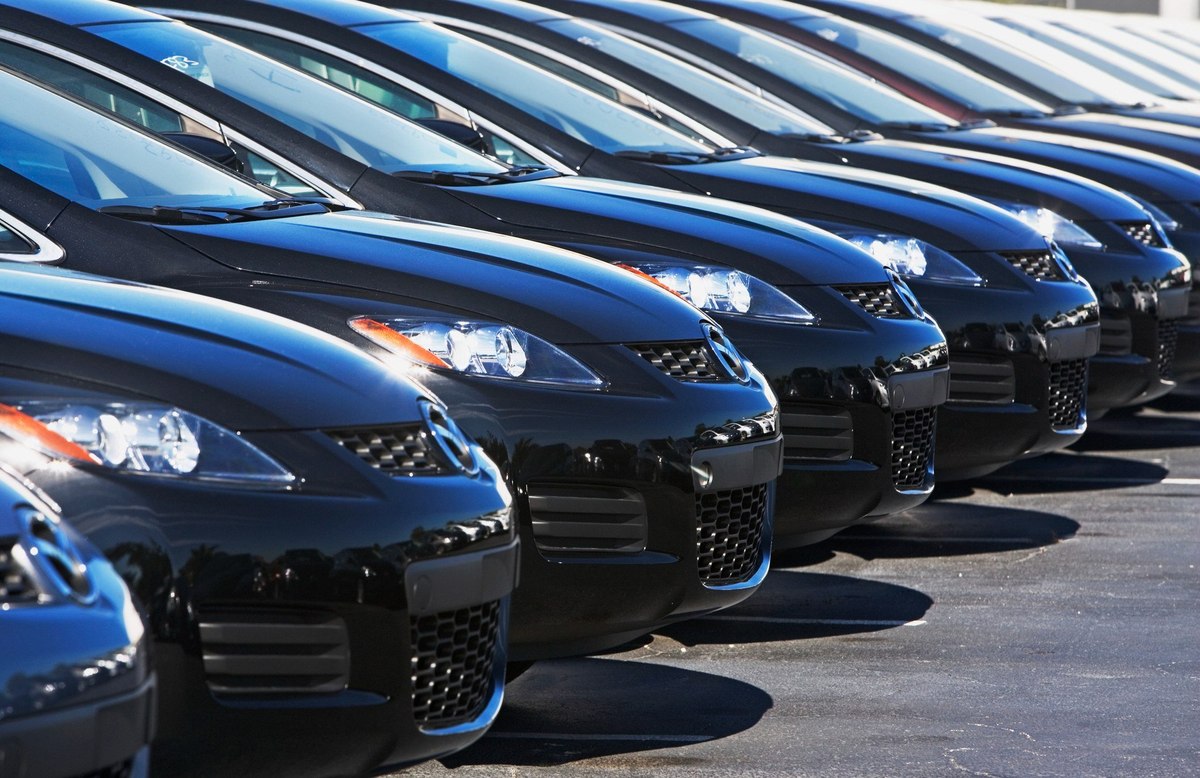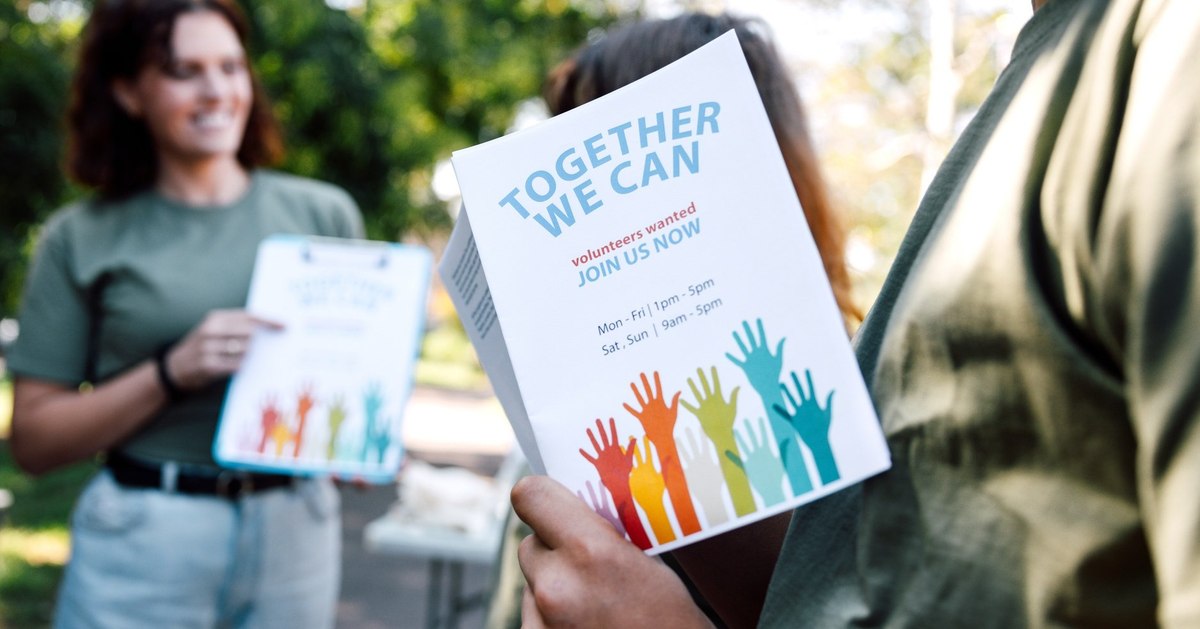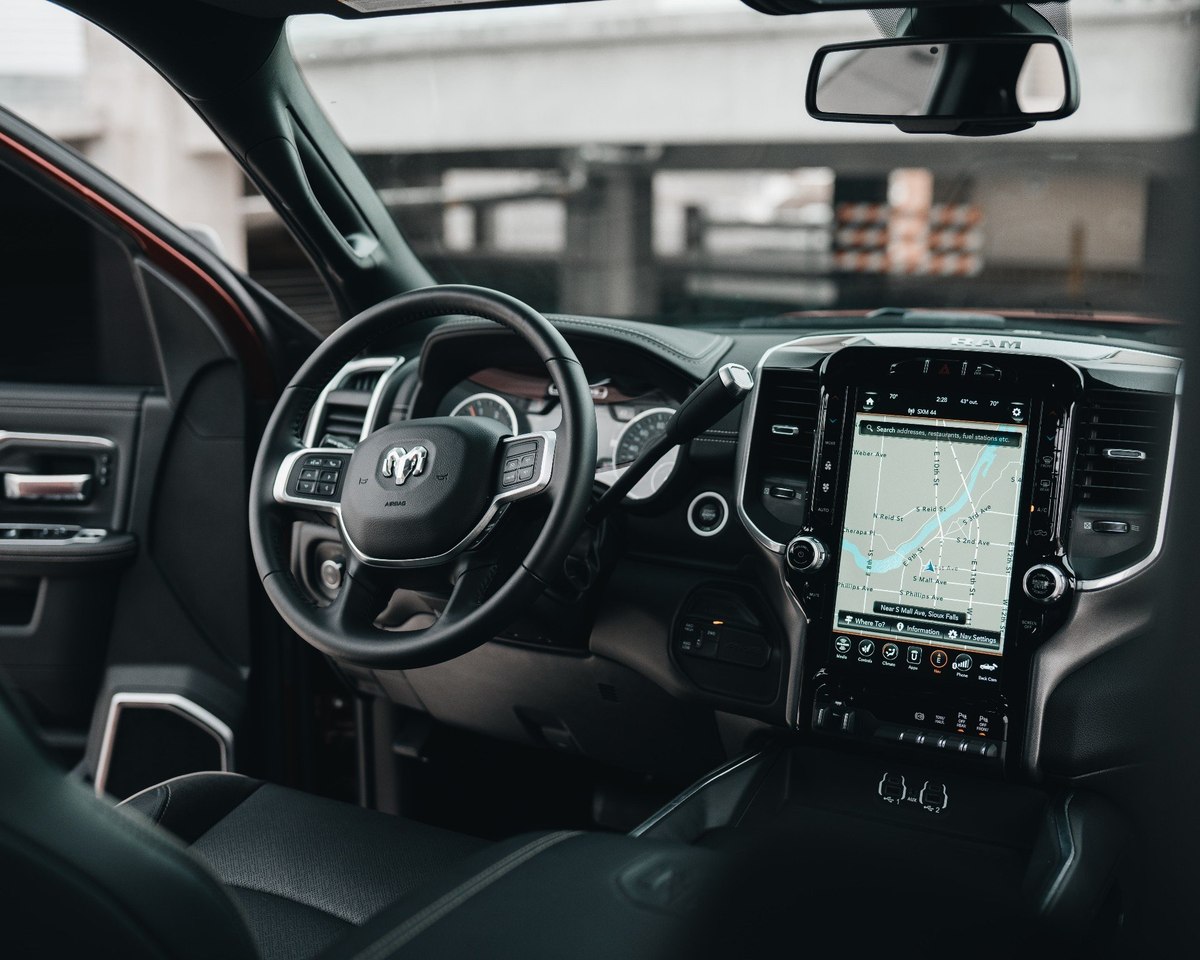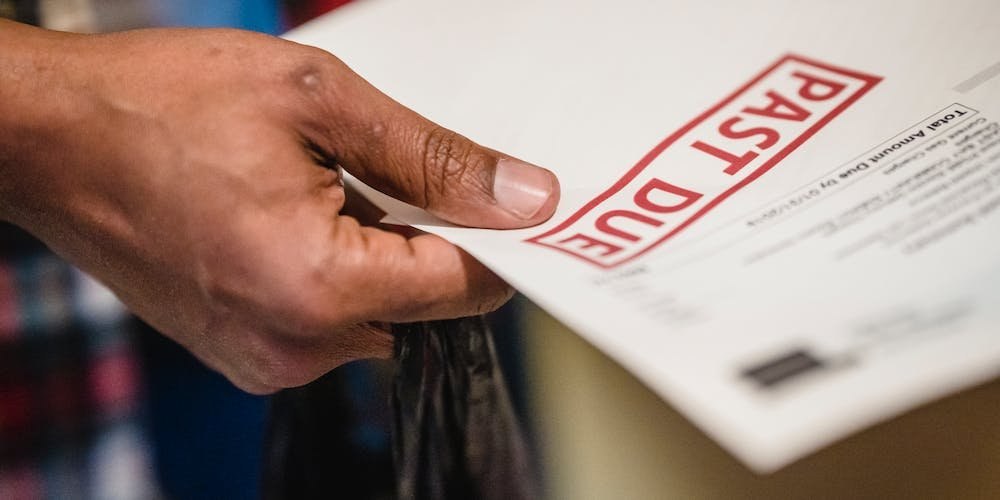
Global: Are people intending to spend more money on cars this year?
At a time when the global automotive industry is adversely affected by semiconductor shortages in the supply chain issues, the question of whether consumers will spend more money on cars this year may seem secondary to the question of whether they can.
Nevertheless, global YouGov data collected at the end of 2021 shows that, across 17 international markets, three in ten (29%) intend to spend less money on cars in 2022, compared to one in nine (11%) who mean plan to spend more. Two in five (40%) say their automotive spending won’t change, while a fifth (20%) don’t know either way.
There is some variation from market to market. In India (an urban, rather than nationally representative sample), a quarter plan to spend more this year (24%), while a similar proportion (26%) plan to limit their outlayspend. It’s nearly the same story in the UAE (23% less; 24% more). In every other market, those planning to curtail the amount of cash they spend on cars exceed those who are planning to spend more.
In Singapore, a third (32%) intend to spend less on cars and just 5% plan to spend more. In Hong Kong, another Asian market with high population density, it’s a similar story (24 less; 6% more). However, there are some markets at the lower end of the scale with a rich automotive history where consumers aren’t planning to spend more on cars this year.
Germany, for example, has a third (33%) planning to spend less and fewer than one in ten planning to spend more (7%), and the figures are similar in France (37% vs. 7%). In Sweden (home to Volvo) a mere 6% intend to spend more on cars compared to 24% who intend to cut back. Britons are also three times more likely to spend less money on cars this year (28% less; 8% more).
Meanwhile, across the Atlantic, US consumers are significantly less likely to “buy American” – or German, or Japanese, or, well, any kind of vehicle (29% less; 9% more) – in 2022.
Methodology
The data is based on the interviews of adults aged 18 and over in 18 markets with sample sizes varying for each market. All interviews were conducted online in December 2021. Data from each market uses a nationally representative sample apart from Mexico and India, which use urban representative samples, and Indonesia and Hong Kong, which use online representative samples.


































